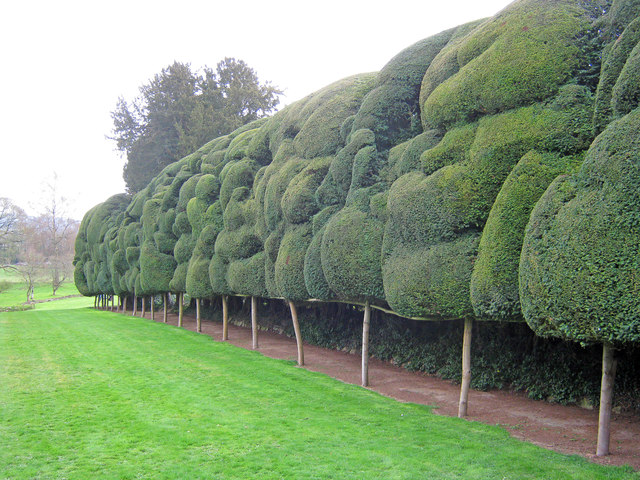Parents Provide Children Countless Lessons Utilizing Trees
How old is this bonsai? This is a very first concern that most people ask when they look at a bonsai. Even to the casual observer age is really important in the world of bonsai. Around the country and all over the world there are bonsai trees on display that are 100's of years old. The problem is that these trees are lots of and incredibly pricey are unattainable. The worth of a tree is hardly ever determined by its actual age, however by the impression of age. This causes the question: "How can I make my bonsai appear to be older than it is?" An even more compelling concern is: "How can I make a bonsai seem old in my life time?"
To provide a partial answer to these concerns let me tell you the tale of a bonsai that I have actually had only five years here in West Palm Beach, Florida. This five years of age bonsai might easily be confused with a 30 year old tree. My preferred technique to reveal age is using the technique of air layer to begin your bonsai. This method involves discovering a branch which is 2 or 3 inches thick on a tree or shrub that has many small interesting-shaped branches bearing a network of small twigs. Nearly any tree will respond to this technique. As you look at this small part of the tree, think of how fantastic this one will look as a bonsai if it just had roots. Air layering is a bonsai strategy which will introduce roots precisely where you require them. This technique resembles taking a cutting without severing the branch until the roots have actually grown. In this tale I chose a mimosa tree in my next-door neighbor's yard (with her approval) in April to start the procedure of establishing an old looking bonsai.
The point on the branch I chose for presenting roots was 8 inches below a "y" in the branch. The next 8 inches above the "y" had a branch on each side and one in the back. I needed to envision the top 8 inches as it would fill in gradually. Air layering is a really easy process. At my picked point on the branch I made 2 parallel cuts around the branch about an inch apart. Then I made a perpendicular cut and got rid of the external layer of bark. I checked to make certain that all traces of the cambium was removed. Ensuring that I had rubber gloves on, I took a handful of sphagnum moss dipped it into a pail of water, put it inside the aluminum foil and wrapped it around the branch, pinching both ends.

About 2 months later I saw that a great ball of roots was formed. I then took a saw and severed the branch as near to the root ball as possible. After unwrapping the foil and without disrupting the roots I placed the severed branch with its ball of roots http://www.mesatrees.com/tree-maintenance---cabling-bracing.html in a large nursery pot. I then shortened each of the branches to my preferred length. I included some time release fertilizer in the nursery soil and added liquid fertilizer every 3 weeks. Over the next 6 months I let my brand-new bonsai grow without doing anything to it. Throughout this time it developed more powerful roots and additional branches. I then began with the shaping of the top part of the bonsai. Because this was a mimosa it presented a lot of 4 inch shoots with leaves on them. As time went on the task became pruning, wiring, and training every branch and branch of the bonsai tree and by the end of the first year I began to see some outcomes. I continued the biweekly shaping and removal of branches and twigs, and by fall I began to see a few of the characteristics that made my mimosa bonsai very special.